It was only 235 years ago when our European elders introduced modern civilization and technology to an ancient culture. There was no nation in Australia, just a large number of tribes – sometimes friendly and sometimes fighting with their neighbours. Governor Arthur Phillip was instructed to protect the interests of Aboriginal people and did a reasonably good job. Even though he was speared for his troubles, he continued to try his best.
British occupation of the continent had a minor impact on the Aboriginal population compared to smallpox, the common flu, and other diseases. The first smallpox epidemic swept down from Torres Strait to Bass Strait around 1789. Aboriginal land management was disrupted, open forests turned to scrub, and the first megafire occurred in South Gippsland around 1820.
When Strzelecki’s party went there in 1840, it took them 26 days to struggle through 50 miles of dense young forest. They ate koalas to survive because there were no kangaroos or emus in the thick scrub. No other explorer saw koalas because they were rare in open grassy forests and absent from woodlands.
European pastoralists maintained some open country with grazing and burning. No one bothered about lightning strikes in the ranges until foresters started to become dedicated timber reserves. Then they tried to suppress fire to protect them. After the Alpine fires in 1926, Black Friday in 1939, the 1952 fires in south-east New South Wales, and the Western Australian Dwellingup fires in 1960, foresters woke up and introduced broad-scale prescribed burning including aerial ignition. Forest health and safety improved despite an apparent trend of rising temperatures.
From the 1980s, green academics introduced the theory that people are bad for the environment. They embraced the Wilderness Myth and burning was restricted. In 2003, after hundreds of homes were burnt and people were killed in Canberra, the Nairn Inquiry identified the problem that we weren’t burning enough.
Green academics and fire chiefs boycotted that parliamentary inquiry. They gave us the 2004 Council of Australian Governments (COAG) Inquiry which preached about ‘Learning to Live With Bushfires’. Now we have emergency response and evacuation instead of sustainable land and fire management. Over the years, hundreds of people and countless millions of animals have died as a consequence of mismanaged forests and the failure to keep up with controlled burn programs.
After Black Saturday 2009 and Black Summer 2019/20, emergency leaders and academics used the Climate Cop-Out to cover their derrieres. The bushfires Royal Commission turned into the Natural Disasters Royal Commission. The Emergency Leaders for Climate Action convinced our leaders that alleged warming had visited a holocaust upon us.
The only thing unprecedented about Black Summer was the filthy unmanaged scrub that fuelled the firestorms. During the Settlement Drought from 1790 to 1793, there were three consecutive extreme fire seasons in the area around Sydney. At one stage Parramatta had three straight days of searing northwesterly gales with mid to high 40s temperatures. Masses of flying foxes and lorikeets dropped dead on the ground in what is now Parramatta Park. Imagine what Flannery and Mullins would say if that happened today!
People were living in bark humpies, but there were no disasters, even though Aboriginal fires were burning 24/7 to the northwest. Firestorms couldn’t develop in the clean open landscape. After we made it a wilderness, a lightning strike in that same area ignited the world record Gospers Mountain fire of more than half a million hectares. Emergency Generalissimos with fire engines, heavy waterbombers, and computer models couldn’t save buildings clad with brick and steel.
This is not a climate crisis but a lack of common sense. Now green academics are trying to turn Aboriginal culture to their own ends. There’s nothing magic about cultural burning nor is it particular to any one race. Some of our elders, black, white, and brindle have the knowledge and experience to manage bushland. The academics advising governments don’t. Frequent mild burning is effectively illegal in New South Wales because the stupid rules and regulations are dictated by academics, not experienced practitioners.
You can’t burn too often. In mild weather, fire will only carry after continuous flammable fuel has accumulated. The trick is to burn it as soon as possible – when it is easy and safe. Even if people could control the climate, it wouldn’t change that simple fact. Equally important is managing the whole landscape, not just patches.
Uncontrollable firestorms explode from the wilderness because three-dimensionally continuous fuels accumulate in the absence of management. Hiring a waterbombing airforce costs zillions of dollars and makes no difference to wildfires in severe weather. It takes money away from land management, hurts taxpayers, and lines privileged pockets. But, I suppose it’s a small part of the Climate Scam.
Net Zero would mean using muscle-power for mining and manufacturing and burning wood or dung for cooking and heating and lighting. Fake renewables – wind, solar, whatever – are net consumers of energy if you do the accounts across their entire short life. Think of mining, transport, manufacture of generators and batteries, transport, site preparation, installation, construction of infrastructure, maintenance, dismantling, and disposal.
Victoria is apparently going to help to save the planet by banning gas-fired cooking in new homes. It seems that emissions from burning dirty brown coal and transmitting electricity to your domestic hotplates are less than those from distributing and burning clean gas. It’s not that long ago that ‘cooking with gas’ meant you were ahead of the game.
Got something to add? Join the discussion and comment below.
Get 10 issues for just $10
Subscribe to The Spectator Australia today for the next 10 magazine issues, plus full online access, for just $10.

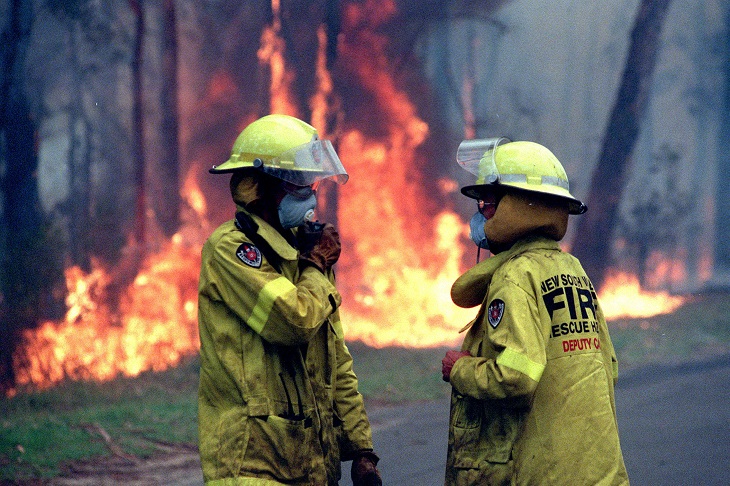
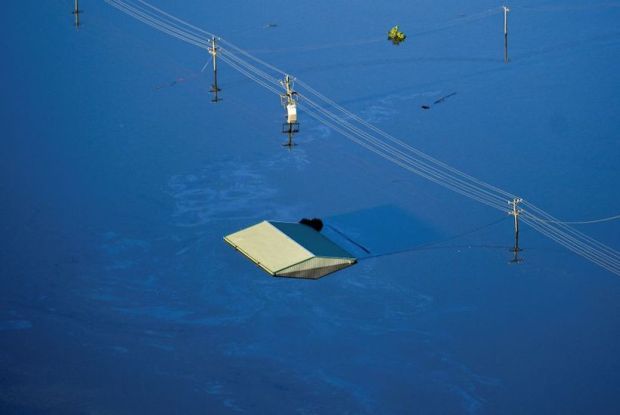

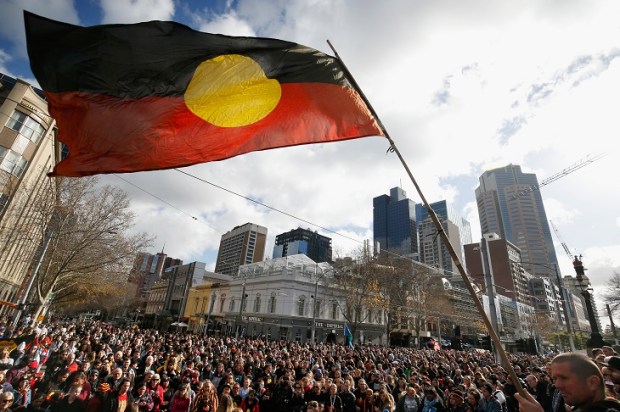
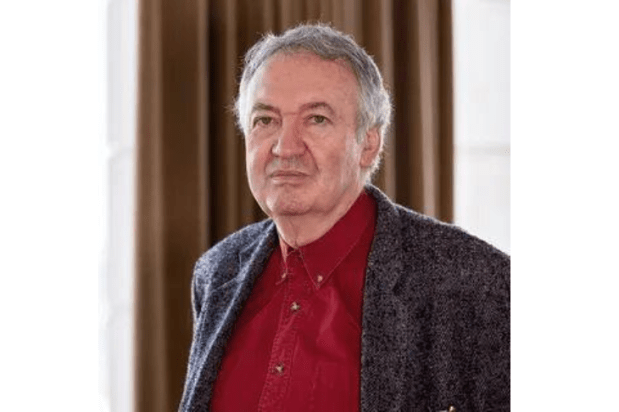
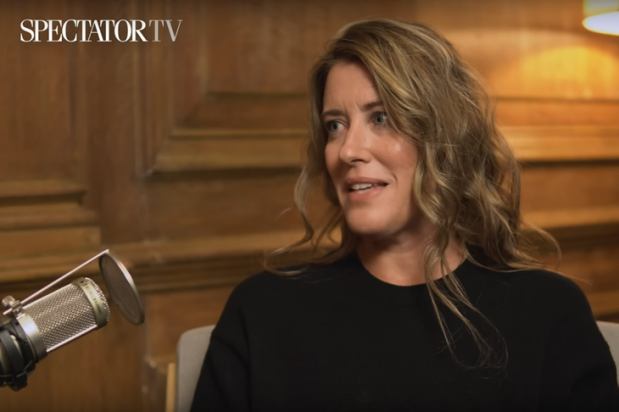
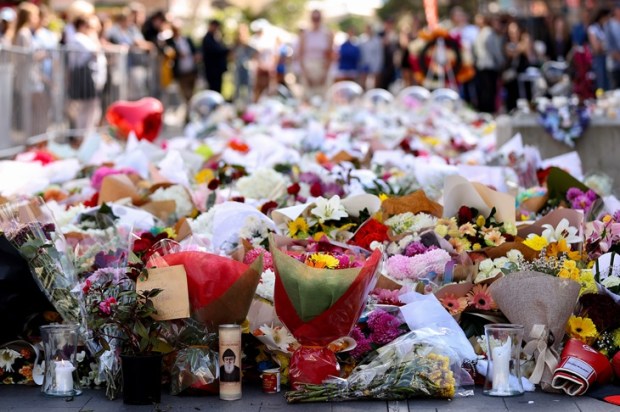






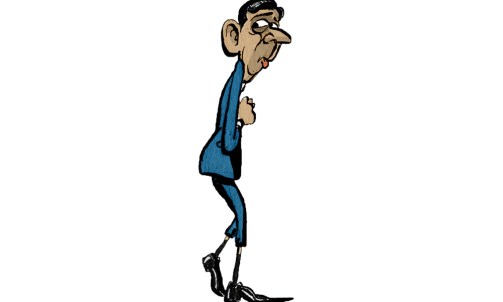

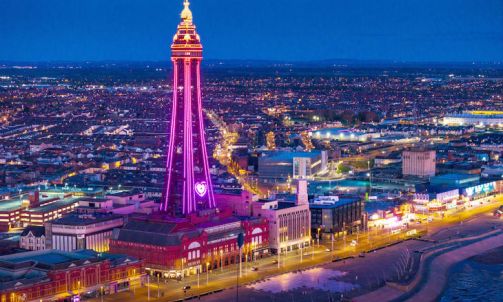
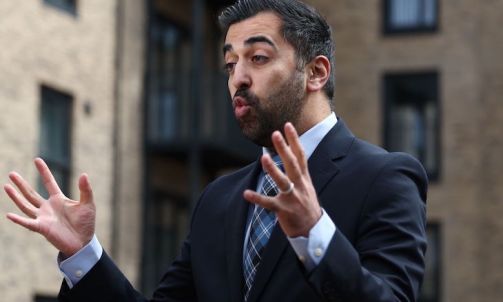

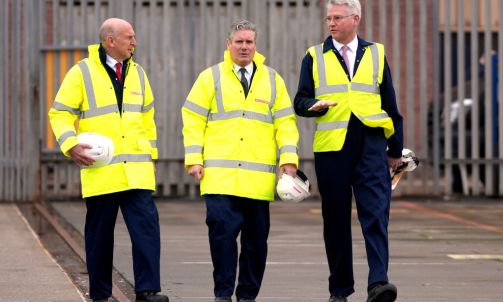






Comments
Don't miss out
Join the conversation with other Spectator Australia readers. Subscribe to leave a comment.
SUBSCRIBEAlready a subscriber? Log in